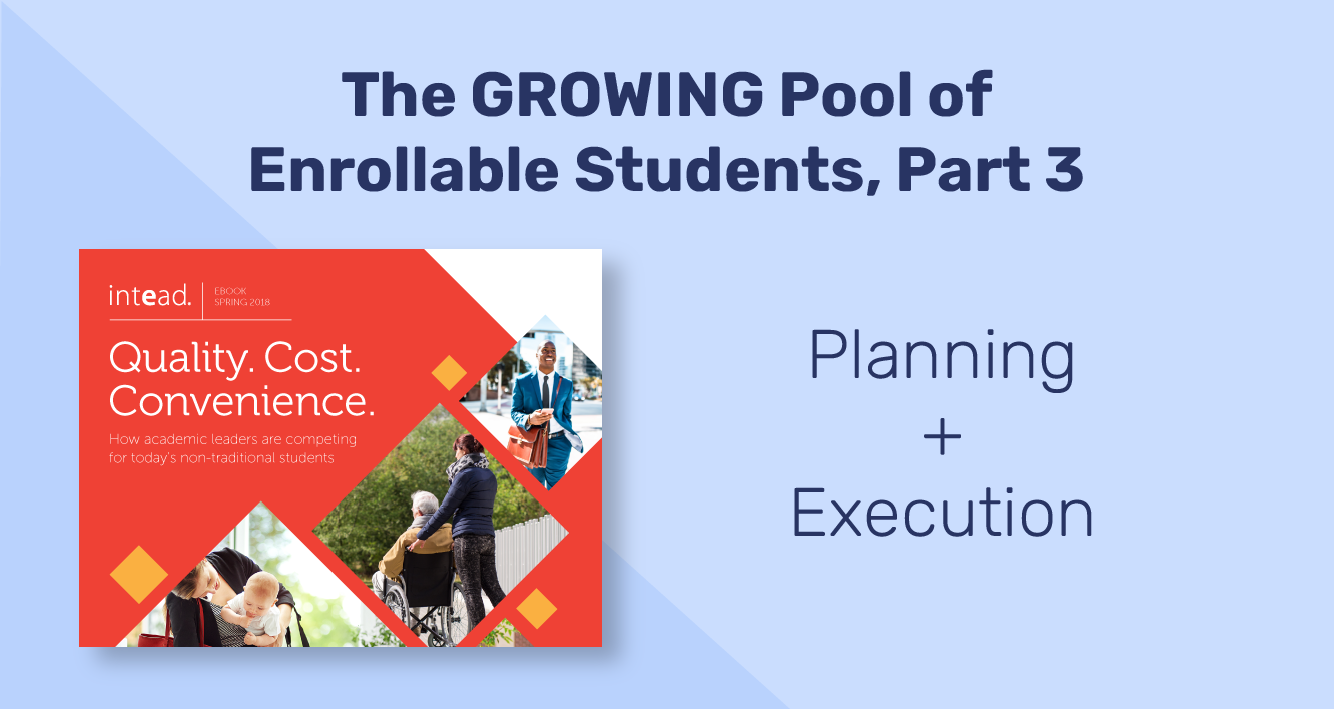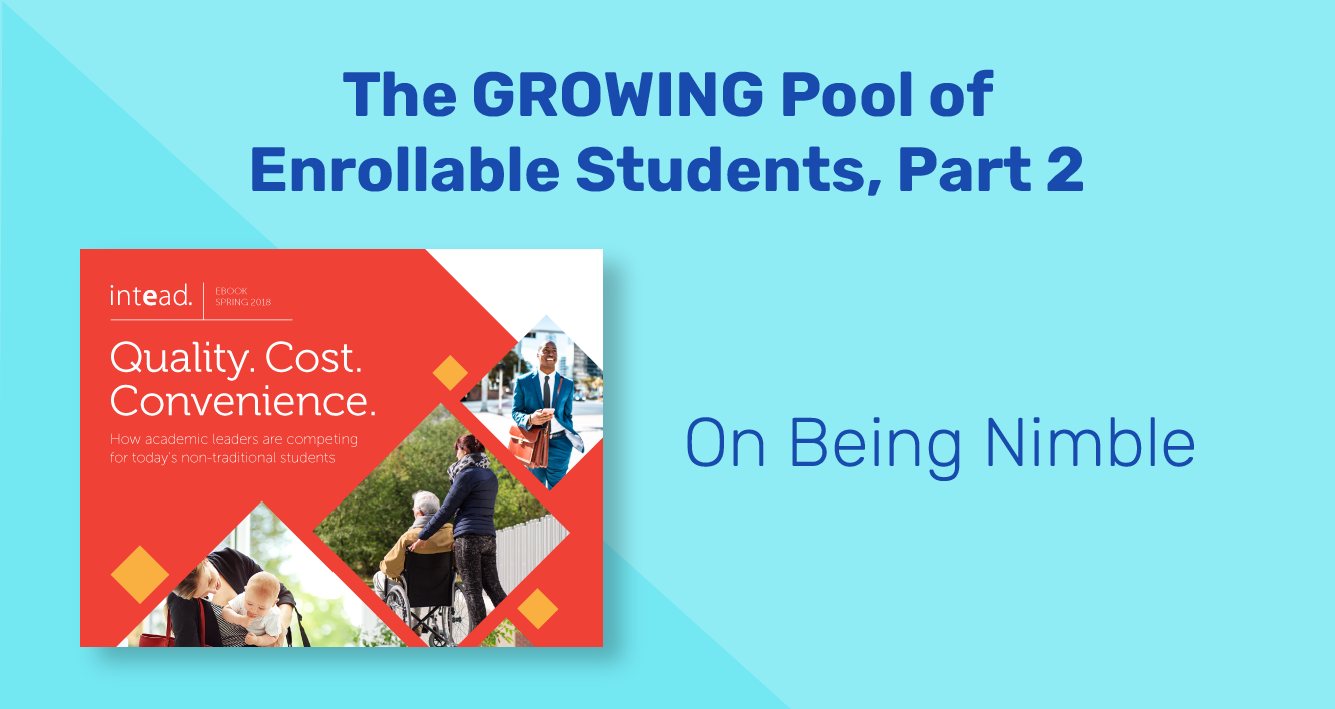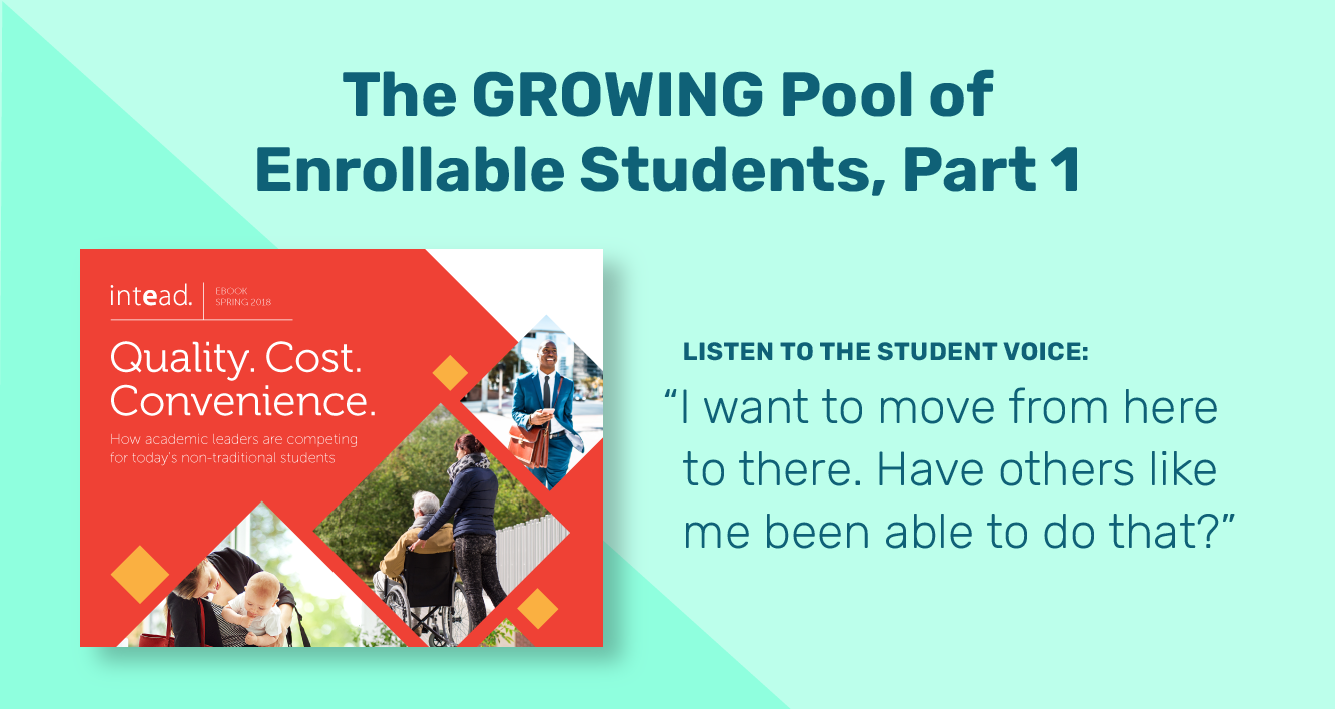The world’s largest democracy with dominant film, agriculture, and livestock industries has the third greatest economy in terms of purchasing parity around the globe. As a fast-growing global economy, their educated, English-speaking workforce has a strong desire to work in tech fields. They boast the world’s second-largest population of 1.3+ billion that will surpass China’s population in 2028 by current UN projections. And really, 2028 is sorta near-term at this point.
We are talking about India – the second largest source of international students in the US.
There are plenty of reasons to be concerned about international student mobility in the near term. And every reason to be confident about the future of the education industry.
Human aspiration does not disappear due to strife, especially among young people.
Academia has struggled through and adapted to changing consumer needs and demands for centuries. Our colleagues at IIE have the historical data demonstrating the ups and downs of international education for the past 80 years or so. Now is the time to take the innovations the industry has been wrestling to implement (truly engaging online learning, truly engaged alumni networks, digital marketing and audience segmentation, artificial intelligence powered student support, etc.) and make them a reality.
Today, let's take India as an example of why international student enrollment is something important for your institution.
So many Indian students aspire to a US education. And there are tangible examples of success motivating those dreams. Let's talk about why your Indian students will be coming back to your institution, eventually...with the right enrollment marketing initiatives.
Take a look at the global tech companies that innovate with real power – IBM, Microsoft, Google, Adobe. There are some non-tech global dynamos as well. They are turning to Indian talent to lead them. Consider that many of the talented Indian CEOs playing leadership power roles on the global stage were trained in the US.
Read on to find out what academic programs were the steppingstones for these once-upon-a-time students to head some of the largest, most respected companies in the world. Is your institution on the list? Can your institution appeal to the next set of global leaders?
Here is a key question from a student recruitment point of view: Are your amazing alumni part of your international student recruitment efforts? There are ways to make your global alumni network become the inspiration for students’ hearts and minds…to raise awareness, kindle passion, and draw them to your academic programs to fulfill their dreams.
And yet, so few institutions develop and leverage their international alumni network to help future students make a really smart decision. You can change that.
Read on.
Read More

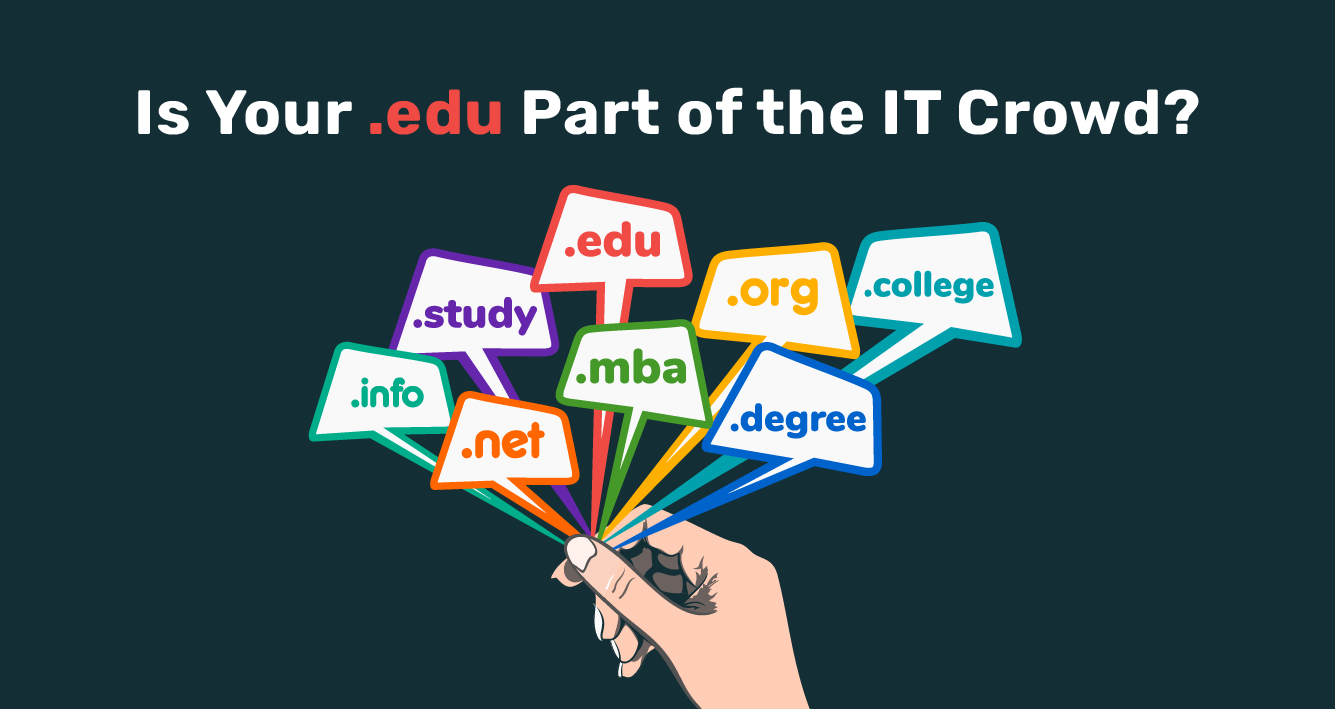
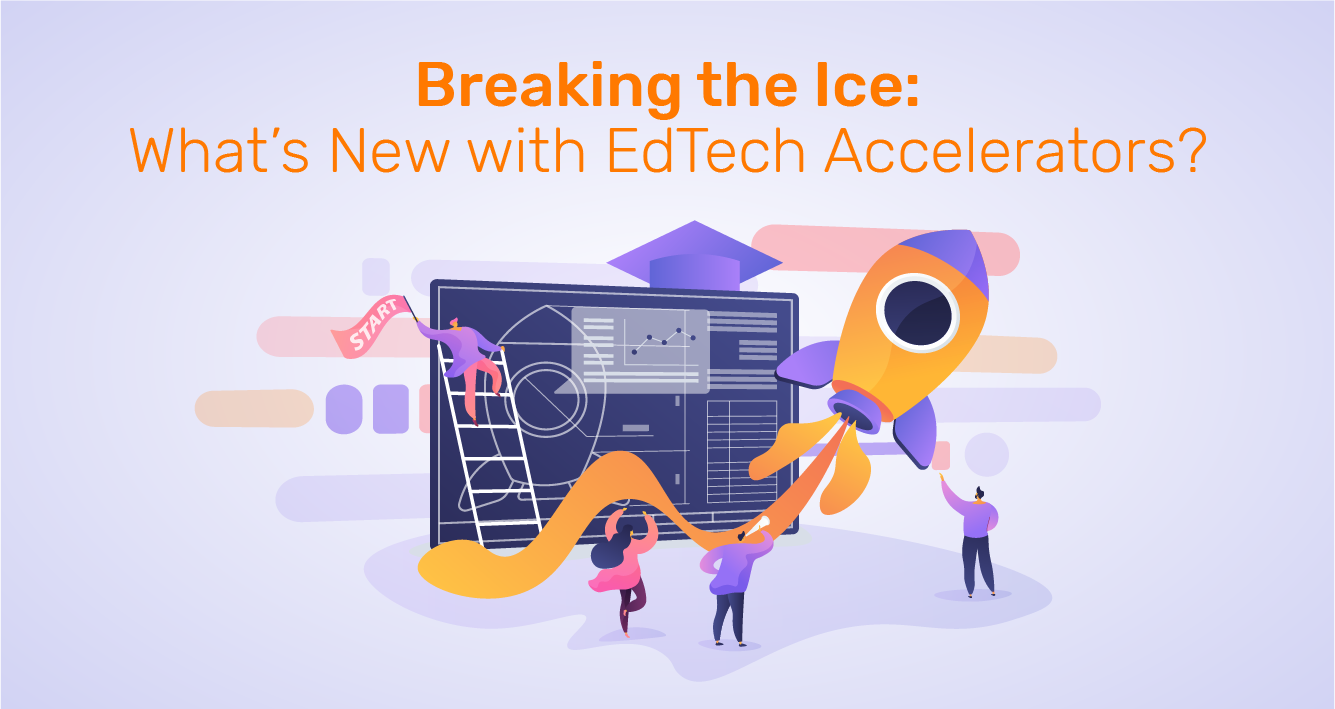


.png)
